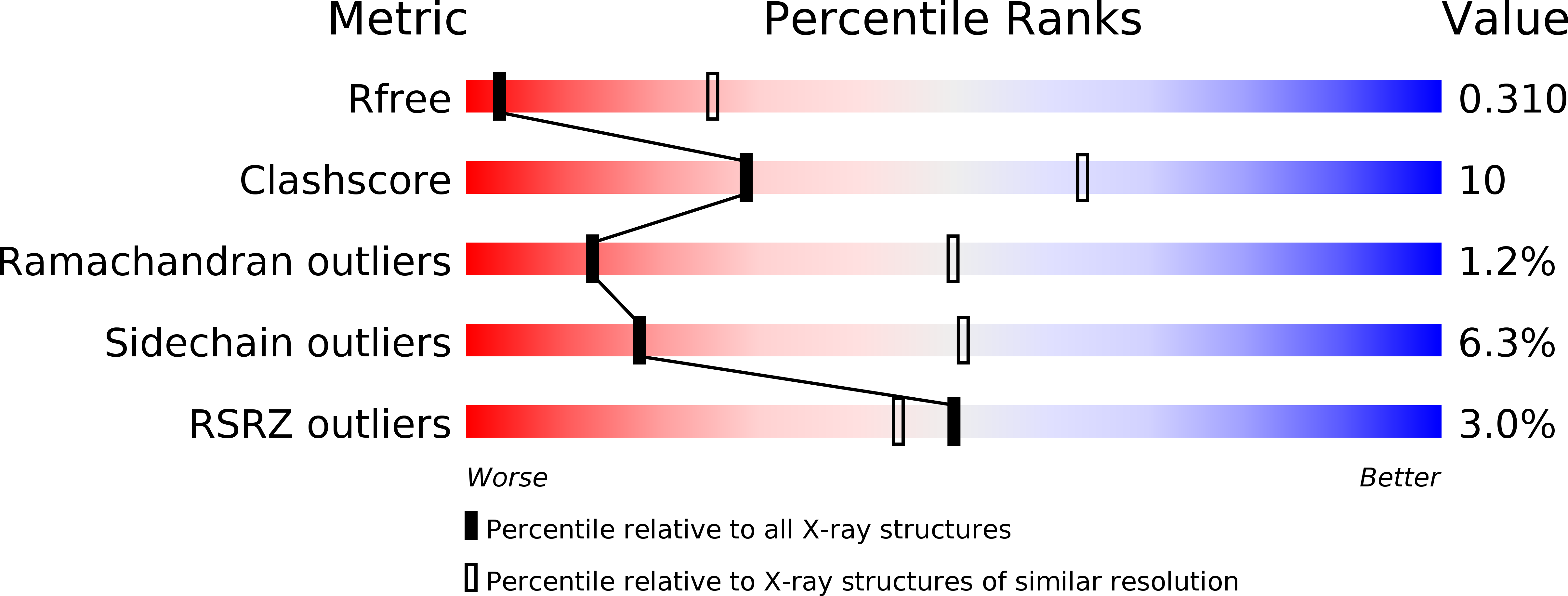
Deposition Date
2011-10-28
Release Date
2012-03-14
Last Version Date
2024-11-13
Method Details:
Experimental Method:
Resolution:
3.50 Å
R-Value Free:
0.26
R-Value Work:
0.25
R-Value Observed:
0.25
Space Group:
I 21 21 21


